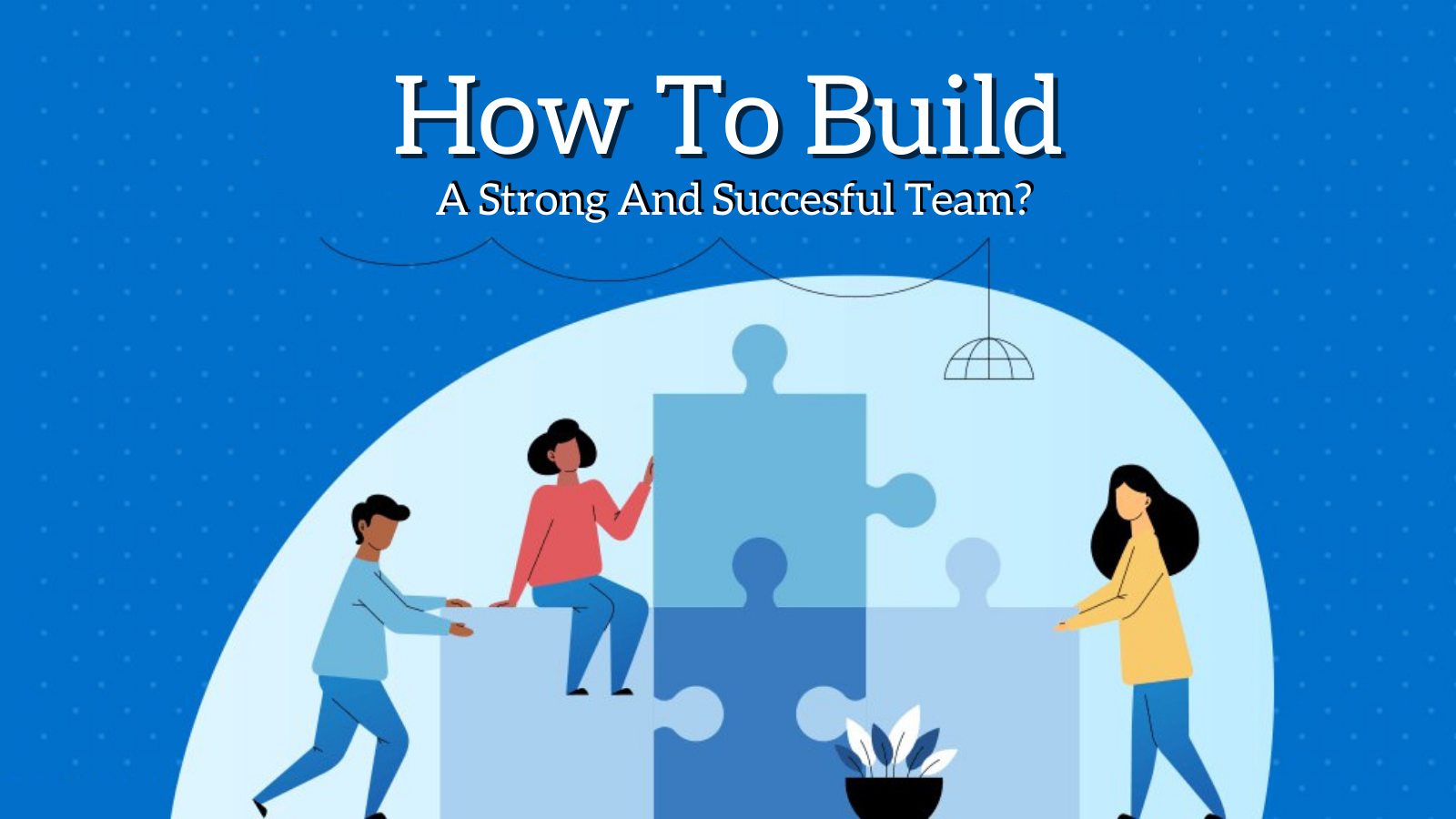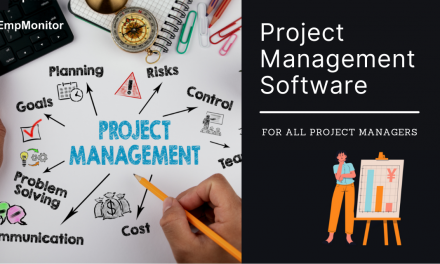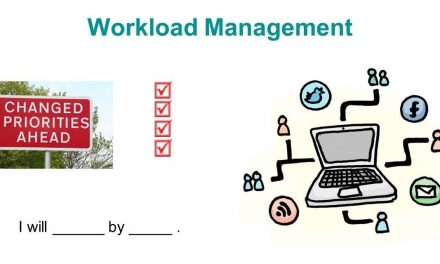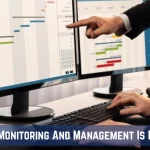Learning how to work successfully with others is known as team development. Team members must cooperate with each other and work collectively to achieve a better result for their team. This, however, does not occur by itself; it evolves as the team collaborates. It is more crucial than ever to bring your employees together as a productive team. To do so; they must go through the many stages of team development.
As a result of the ongoing pandemic, economic worries and restrictions on remote labor teamwork have weakened. But, if you want to make your team members more productive and well organized, you are at the right place, as we will be going over the stages of team development and looking at other aspects of team development and management. But before we get started, let’s take a quick look at what team development stands for.
What is Team Development?
A team is a group of people who work together to achieve a common objective. Each team member contributes to the common goal uniquely, utilizing a distinct set of abilities to perform a team function. This process of learning to operate effectively together is known as team development. Team development guarantees the team’s long-term viability.
Participating in team development benefits the team in a variety of ways. Individual team members learn more about their potential, responsibilities, and how to operate dynamically within the group. A team is effective when its cognitive, motivational, and behavioral resources align correctly with task demands.
Underlying are the characteristics of a good team-
Right Team Leader
A good leader keeps the team focused on the essential concerns. A leader’s role is not just to provide commands to the team but also to inspire them and work as hard as they do to communicate the right message across the group.
The Right Team Goals
Effective teams begin by establishing consistent goals with clear success metrics. This gives its members something to strive for as a group and determines how their team will judge them.
Great Communication Among The Team
Communication is the key. Successful team members think their ideas and contributions are valuable, so they are not afraid to express their thoughts and opinions. On the other hand, members pay attention to what others say since they trust their colleagues’ ability, integrity, and honesty. This allows for the growth of trust amongst team members.
Resolution Of Problems
Squabbles within a team are unavoidable. However, members of a productive team aim to address their disagreements constructively.
Constructive Communication
A team is a work in progress; hence, good teams are always open to feedback and encourage constructive communication. A team can often be categorized as a good team by its willingness to ask for and receive feedback. This signifies the team members’ respect for others’ opinions.
What Are The Stages Of Team Development?
Bruce Tuckman, an educational psychologist, defined the words we use for team stages of development and presented his results in a paper titled Developmental Sequence in Small Groups in 1965. His hypothesis, known as Tuckman’s Stages, is based on his study of team dynamics and team formation.
Now that you understand where the stages originated let us go into the 4 stages of team development and discuss the specifics of each step and what they signify for your team.
Forming
The first stage, forming, occurs when the team members first meet. During the formation stage, team members discuss team goals, individual roles, strategies, and group norms. A new team’s members are unsure about the team’s goals, where they fit in, and whether or not they will get along.
Storming
The storming stage is the most troublesome and critical stage to go through. It is a period set apart by struggle and competition as individual characters arise. Group execution may diminish in this stage since energy is placed into useless exercises. Individuals might differ in group objectives, and subgroups and coteries might confirm areas of strength or understanding.
Norming
Getting through the storming stage signifies the resolution of conflicts and the emergence of unity among the members. In norming stage roles of individual members are decided, and a consensus is reached on who should be the leader or leaders. This leads to an increase in team performance as members learn to collaborate and focus on team objectives.
Performing
The team achieves a great deal during the performing stage. During this, the team’s commitment to its goal and its members’ skill levels are pretty strong. During this stage, the members are pleased with the team’s progress. They discuss group and personal processes and know one another’s strengths and flaws. And while conflicts and obstacles continue to emerge, they are handled well.
Also Read
IMPORTANCE OF TASK MANAGEMENT IN DEVELOPING POST-PANDEMIC TEAM EFFICIENCY
EMPLOYEE ONBOARDING SOFTWARE: THE SIGNIFICANCE OF GETTING STARTED EFFICIENTLY
HOW TO PICK THE RIGHT ATTENDANCE MANAGEMENT SOFTWARE FOR YOUR ORGANIZATION?
How Can You Build A Strong And Succesful Team?
Consider taking the following measures to develop a solid and effective team.
Communicate Effectively
Effective communication is one of the fundamental distinctions between successful and unsuccessful teams. For practical cooperation and communication, there must be open lines of contact. Additionally, you might want to be extremely clear about what each participant is expected to perform. Consequently, when a problem or issue arises, the team will find it easier to decide who is in charge of what and what to do.
Recognize The Uniqueness Of Each Team Member
You want your employees to function as a team, but you also need to remember that they are individuals with unique backgrounds. They succeeded in life without your assistance and most likely led active, exciting lives outside of work. It’s essential to avoid seeing new team members as nothing more than automatons who execute duties. A good team environment develops when people are recognized, valued, and appreciated for their unique skills and capacity to contribute to your shared goal.
Build Relationships Within The Team
Along with appreciating and valuing each team member individually, everyone must treat one another with dignity and consideration. Encourage people to see each other as business partners rather than just the person occupying the desk across them so that they can cooperate to accomplish common goals for team success, individual achievement, and business growth.
Positively Motivate Your Team Members
When it comes to changing behavior, positive reinforcement outperforms negative reinforcement. Don’t point out the mistakes of your coworkers. Instead, promote a positive workplace culture by praising occurrences and actions that your staff members exhibit and by encouraging them to do more of the same. Regarding improving team performance, positive reinforcement is noticeably more successful than individual criticism.
Recognize And Reward Good Work
When it comes to modifying behavior, positive reinforcement is more potent than negative reinforcement. Don’t point out the mistakes of your teammates. Instead, promote a positive work environment by emphasizing instances and actions you appreciate and motivating your staff to exhibit more of the same. Positive reinforcement is noticeably more successful than criticizing specific people when it comes to improving team performance.
Always Celebrate Success
You must set aside time to celebrate your accomplishments as a team. This goes beyond simple acknowledgment; it involves pausing to reflect on your actions and lessons learned along the road. The act of celebrating is transient. Please don’t ignore it. Enjoy the moment and think back on what made it possible for you to succeed while you take a moment to celebrate.
Utilize Monitoring & Productivity Management Software
Building a team will only get you so far. To manage a productive team in the long run, you need to invest in solid team management and monitoring solution. You can see how much work each team member does using a workforce management system. Based on their potential, this could assist you in developing and upskilling your team members. The total productivity of your entire crew will significantly increase as a result. But how can you choose the team management and employee monitoring software that is best for your business when the market is flooded with options?
In our opinion, EmpMonitor is the most outstanding option available right now if you want to use an employee management system for your team.
EmpMonitor is a cloud-based employee monitoring and team management software that allows you to analyze, measure, and improve the productivity of your staff. It includes features such as centralized data management, activity snapshots, real-time keyboard recordings, and innovative visualizations for assessing staff performance.
EmpMonitor is a simple solution for anyone looking for a proper management tool. It is reasonably priced and enables the maintenance of timesheets and screenshots, as well as the verification of active hours and team communication via project management.
So, if you’re looking for software to help you monitor and manage teams, go no further and start using EmpMonitor immediately.
Conclusion
Putting together a team can be difficult for any company. It necessitates a group going through many stages that are not always simple to conquer. On the other hand, When your team adopts the 4 stages of team development, it sets everyone in all positions up to succeed. It’s best if you utilize each step to learn and grasp something new about your teammates while also working to improve your operations. Knowing what to expect at each step allows you to anticipate what can transpire next, better assist your coworkers, and ensure complete alignment on all moving pieces.












